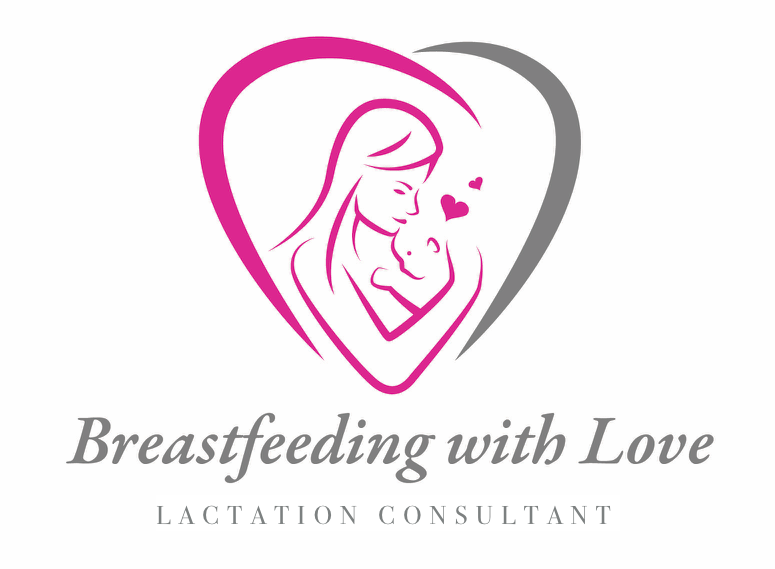Breastfeeding, Getting Off To A Good Start
Breastfeeding is best for your new baby. The American Academy of Pediatrics says that women should breastfeed their baby for six months. From 6 months on, you can add food and continue breastfeeding your baby at least until 12 months. Some women, including myself, breastfeed longer. Therefore, getting breastfeeding off to a good start is crucial. As soon as the baby is born, the baby can be placed on your bare chest. Skin to skin is so important to begin your baby's start to looking for your nipple. I have been blessed to witness this first hand and it is an amazing moment when the baby finds a mom's nipple and starts to breastfeed. If a mom is not able to breastfeed her baby right away due to a Caesarean birth etc..., she can use the best alternative method, an electric pump.A nurse or Lactation Consultant in the hospital can instruct you how to pump and for how long. Usually, you should pump every 2-3 hours for 10-20 minutes,pumping both breasts at the same time. Colostrum is the baby's first food from your breast. It can be yellow or clear in color. Colostrum provides all the nourishment your baby needs for the first few days of life. It is low in fat and carbohydrates and high in protein, perfect for your newborn. It is easily digested by your baby and contains living cells that protect your new baby against bacteria, viruses, and allergens. In fact, the tiniest drop that you give your newborn is a priceless gift of great health. Remember to ask for rooming in if you give birth in the hospital.As recommended by the American Academy of Pediatrics, being together is good for both mom and baby as so as is possible, which is most beneficial for your milk supply. Skin to skin actually helps stimulate prolactin, your milk-producing the hormone. Try to avoid bottles and only breastfeed if possible. Breastfeed your baby often, 8 to 12 feedings within 24 hours. Most feedings last 20-40 minutes. Frequent feeding stimulates the maximum number of prolactin receptors to ensure production of the greatest milk supply possible. There are many breastfeeding positions that you can choose. The cross-cradle, clutch (football) hold, side lying hold or laid back one. The cross cradle and clutch or football hold, as I call it, seems to be the most popular holds in the beginning.Ask a Lactation Consultant in the hospital to help you choose which hold is the right one for you and your baby. How do you attach your baby to your breast? Allow your baby to latch on when your baby is ready. The first step is to hold your baby's nose and make sure your baby is in line with your nipple. Touch your baby's nose and upper lip with your nipple. Next, wait until your baby opens his mouth up very wide. Quickly bring the baby onto your nipple and breast so the chin touches your breast first and the baby gets a large mouthful of your nipple and breast. Slide your finger into your baby's mouth and break the suction and try again if it doesn't feel right.It may take a few tries to get a good, comfortable latch. You should not feel sharp pain while breastfeeding, however, gentle tugging is normal. Your baby weight gain tells you if your baby is breastfeeding well. Tracking how many wet and poopy diapers your baby has is important. The baby's approximate average diaper put out in the first few weeks goes as follows: The first and second day it will vary. The urine color can be yellow, pink or red. The number of poopy diapers varies and it will be black the greenish color. The third day, there should be 3 wet diapers or more. The urine is yellow, pink or red in color. There should be 3 or more poopy diapers. The urine should be clear to pale yellow in color. There should be 3 or more poopy diapers. It should be greenish to yellow, seedy in appearance. From day 5 to the 28th day, you should see 6 or more wet diapers. The urine should be clear pale yellow in color and you should have 3 or more poopy diapers and yellow seedy in appearance.Newborns often loose weight the first few days of life.They should regain their birth weight by 10-14 days after birth. Babies should gain 4-8 ounces a week, the first few weeks of life. Furthermore, babies have growth spurts and may need to eat more at times. If your breasts feel full, take a warm shower. Use a cold pack for 10-20 minutes if your breasts feel uncomfortable after you breastfeed or pump. If you have any breastfeeding questions or concerns, call your doctor. You pediatrician is there to help make sure your baby stays healthy. Some women may have sore nipples.You can use Lanolin creme, your own breast milk, comfort gels or let them air out in the privacy of your home. Moms need to eat and drink well to have the energy to breastfeed. Sleep is also very important. If your baby takes a nap, stop what you are doing and rest too. When you rest, you help heal your body. In conclusion, breastfeeding gets easier. I remember how hectic the first few weeks were after the birth of my kids. I promise you that it will get better and you will start to see a routine form. I hope everyone that reads this blog realizes how blessed they are to be holding such a beautiful baby in your arms.I hope all of you achieve your breastfeeding goals. Remember to take a moment in the day and do something nice for yourself. You deserve it. Good luck and best wishes.

